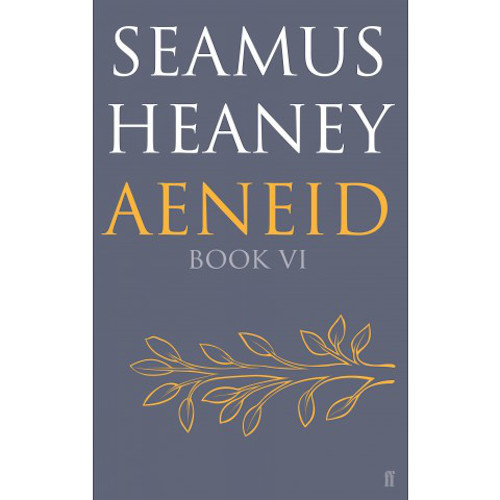WSJ Considers Seamus Heaney's Relationship to Book VI of the 'Aeneid'

According to WSJ's Christopher Carroll, Seamus Heaney's connection to Book VI of the "Aeneid" deepened as he searched for solace after his father's death and the deaths of his friends during Northern Ireland's Troubles.
Seamus Heaney once wrote that Osip Mandelstam’s translation of Dante’s “Divine Comedy” “possesses the poem as a musician possesses the score, both as a whole structure and as a sequence of delicious sounds.” The same could be said of Heaney’s own translation of Book VI of the “Aeneid,” which he completed in July 2013, one month before he died. It is his last published poem, a poignant rendition of Aeneas’ arrival in Italy and journey into the underworld to see his dead father. And though it is beautiful in its own right, this portion of the “Aeneid” had a special significance for Heaney—one that began in his school days in the 1950s and lasted his entire life.
In the preface, Heaney writes that his old Latin teacher, Father Michael McGlinchey, lamented that the curriculum required students to read Book IX of the “Aeneid.” “Och, boys, I wish it were Book VI.” The priest’s interest sparked his own, which deepened after his father died. Heaney returned to Book VI in a number of his works, including “Station Island” (1984), in which the spirits of friends, priests, those killed in Northern Ireland’s Troubles, and ultimately James Joyce appear to him, variously chastising and advising. A later sequence of poems, “Route 110” (2010), “plotted incidents from my own life against certain well-known episodes in Book VI: thus a bus inspector’s direction of passengers to the bus for Route 110—the one I often took from Belfast to my home in County Derry—paralleled the moment when Charon directs the shades on board his barge to cross the Styx.”
Read on at WSJ.


